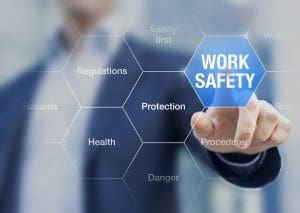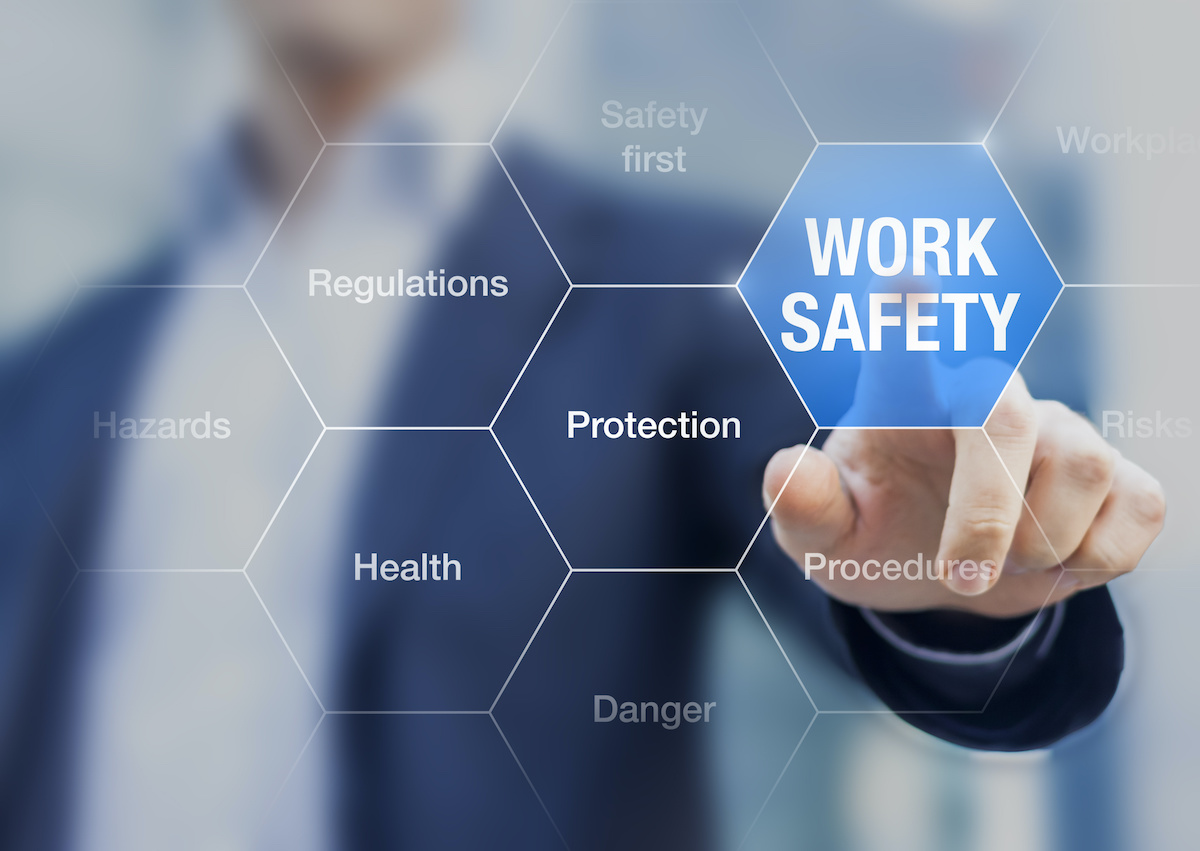 A Hazard Communication Program is a necessity and can’t be ignored. However, getting the program up and running shouldn’t be the end of it.
A Hazard Communication Program is a necessity and can’t be ignored. However, getting the program up and running shouldn’t be the end of it.
You don’t want your Hazard Communication Program to become stale from never being revisited. By staying on top of both regulatory updates and EHS trends and technology, you can assure your compliance and take advantage of digital tools to make your program accessible, easy to understand, and practical for everyone in the company.
As the HazCom standards continue to evolve, it’s critical to remain responsive with your Hazard Communication Program by integrating regular updates. Looking forward to the rest of 2021, here’s how you can streamline your program while keeping it timely and relevant.
Create a Culture of Safety
When it comes to safety in the workplace, you can’t just teach the basics and call it done. Rather, instill a culture of safety throughout your company with consistent coaching.
Where teaching introduces new ideas and topics, coaching helps your workers use that knowledge in applicable ways.
By regularly assessing safety concerns and establishing systems to resolve these issues, you can create a stronger and safer workplace every year. And don’t wait for OSHA’s annual list of the most commonly cited standards – implement your own safety assessments ahead of time.
You should stay up to date on OSHA directives that may target your industry while also conducting your own personal assessments of the workplace to discover the standards that could use reinforcement in your workplace. By achieving these higher levels of safety, you can also anticipate greater profits.
Ways to Streamline
- Involve all departments from the beginning. Avoid a slow trickle-down of information by involving all levels of employees early on in the process.
- Make assessment data actionable. Use your own personal assessments and OSHA’s annual list of cited standards to create a prioritized list of hazard safety improvements.
- Reinforce accountability and visibility. Create a process that keeps everyone accountable and involved.
Write It Out (and Make It Practical)
It can be challenging to create a safety program that is everything to everyone, but you should still hold that as an idealized goal while still keeping a practical mindset as to what you can realistically accomplish.
To make sure all company departments are on board and are covered, strategically write out your safety program with anticipation for how any changes or updates may impact other parts of the organization.
To make your written plan as accessible and understandable as possible, keep it streamlined with these tips.
Ways to Streamline
- Use the OSHA Template. Keep it simple and straightforward. With just a few fill-in-the-blanks, you’ll have a robust written plan in no time.
- Make it accessible/editable. Gone are the days of a physical binder. Digitize the plan and create an annual schedule to revisit and update as needed across all departments.
Automate Your SDS & Labels
Again, paper binders are a thing of the past. You shouldn’t be using MSDS at this point. Everything should be digital, accessible to all, and easy to update.
Additionally, finding ways to automate your safety data sheets (SDSs) through technology will empower you to save time, avoid common mistakes, and uphold a higher level of safety compliance.
Ways to Streamline
- Disseminate hazardous materials updates faster. Create and distribute accurate and compliant product safety documents in just minutes, not the standard hours, weeks, or even months.
- Create product families to make group-wide changes instantly. Rather than treat each material individually, group products into categories and apply group-wide changes quickly and easily.
- Automate from the bottom up. Enter data once at a granular level, and then apply it to all materials with that ingredient.
- Automate new regulatory data. Don’t lag behind when new regulatory and compliance information is released. Update hazard classifications, label elements, and more, applying any new requirements.
Make Training a Priority
Just like your Hazard Communication Program as a whole, training should not be a one-and-done deal.
In addition to immediate standard onboarding, you should also schedule regular refreshers over the year. If something goes wrong, you want to have confidence that your employees are prepared to handle it appropriately without pointing fingers or needing to refer back to training resources or higher-ups for guidance.
Safety training has the potential to feel overwhelming, especially when dealing with things like hazardous materials. Don’t scare your employees away with safety training. Try to make training fun and engaging with things like ice breakers, games, and workplace applications.
Ways to Streamline
- Use webinars/videos. You can streamline onboarding training by using a webinar or video as your core materials. This content can be re-used for any incoming employees.
- Utilize online resources. To create a centralized place for all training materials, you could use online resources like a company microsite or knowledge base. That way, employees always know where to go and they can refer back to it occasionally for a refresher.
A Streamlined Compliance Partner
Hazard safety and compliance are complex fields, but you don’t have to streamline your Hazard Communication Program on your own. At GSM, we understand that managing, updating, and simplifying the compliance process can feel tedious and all-consuming. Get in touch with our EHS experts today to learn more about the tools and solutions available for your business.


